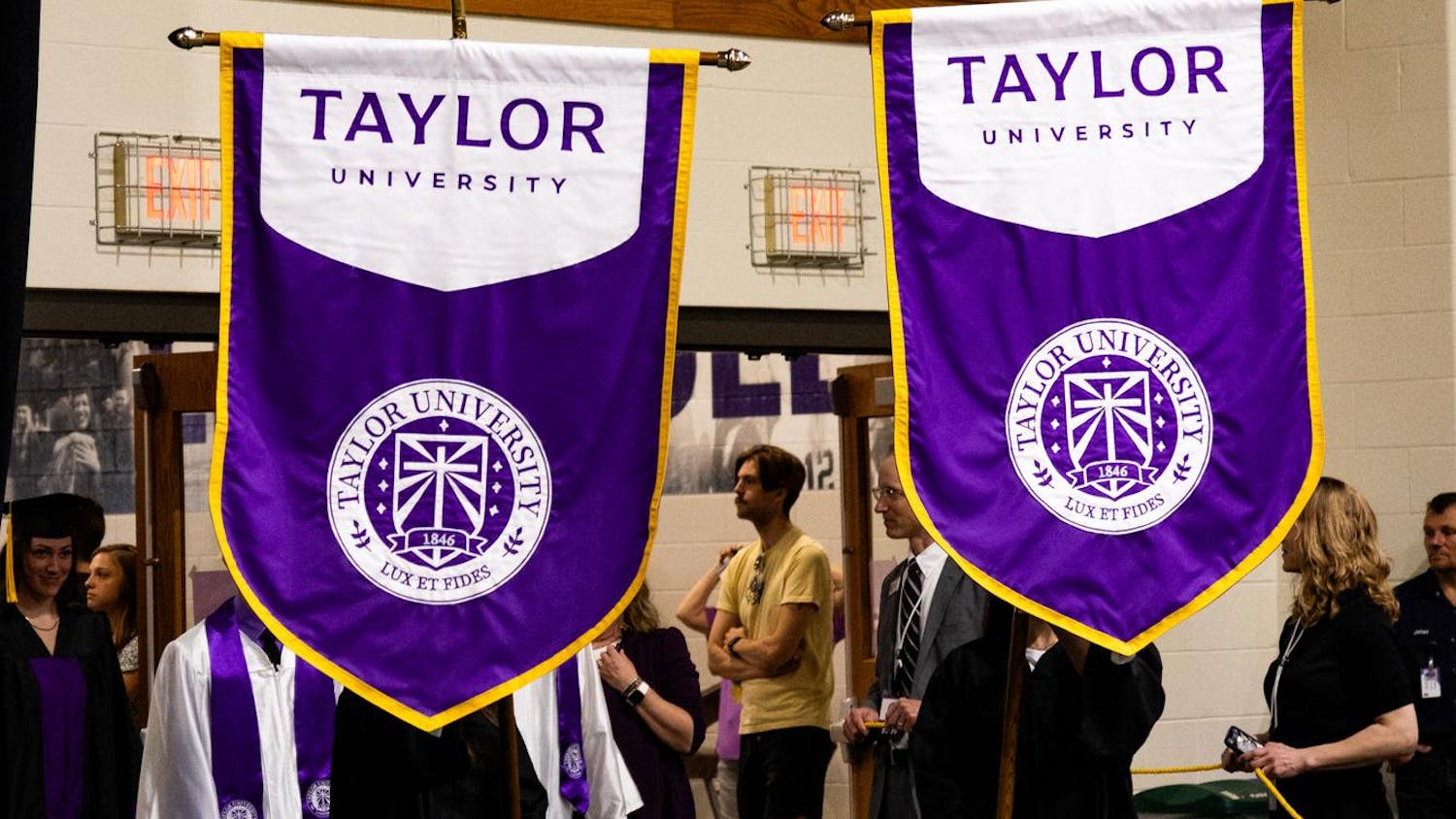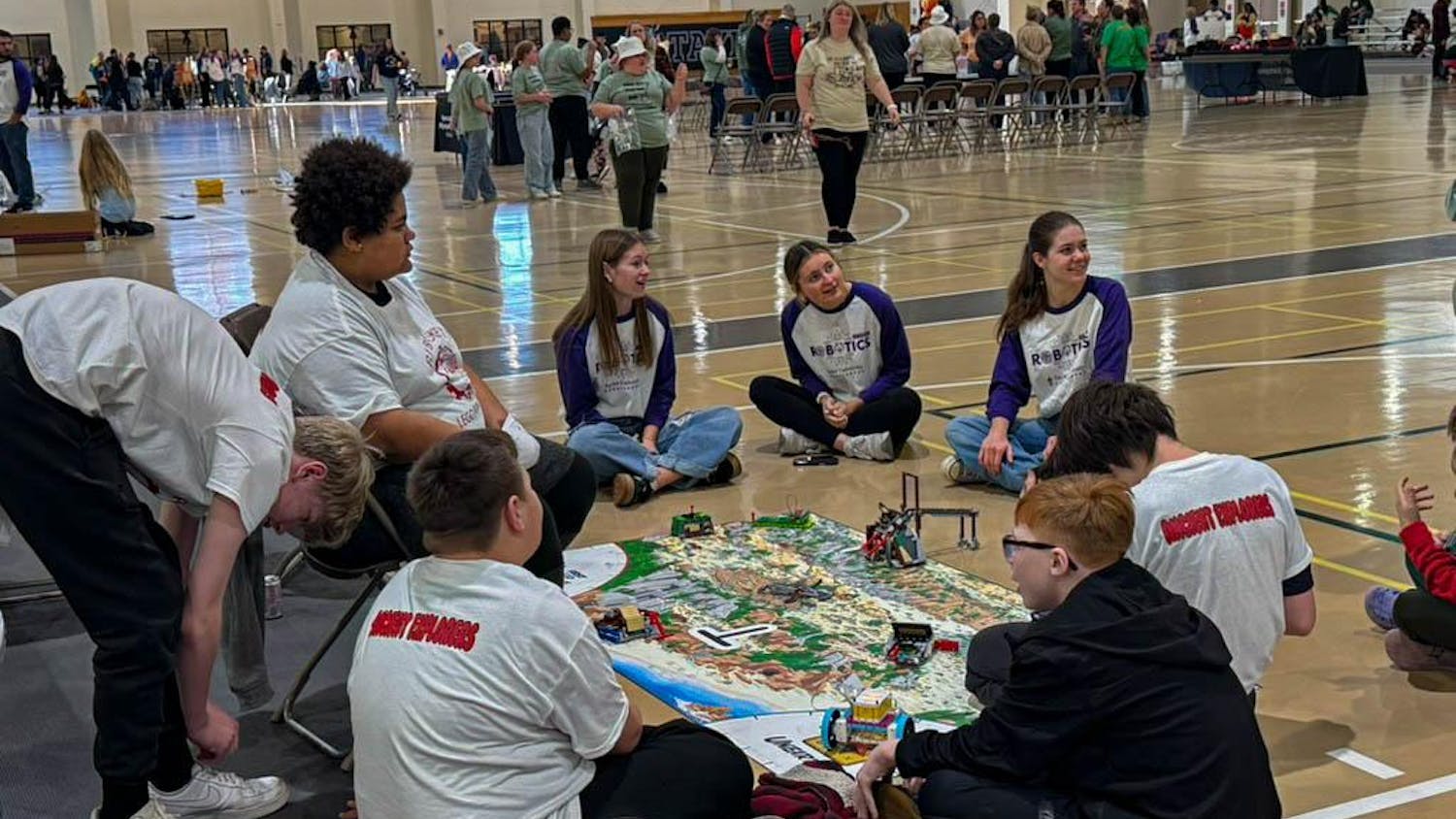
By Brecken Mumford | Echo
Have you ever been so overwhelmed by people, places, things, ideas - nouns - that you feel stationary? You want to say something, but all the words get stuck in the back of your throat? You go to move, to capture, to do something, but you're left dumbfounded? Yeah, me too, especially lately.
I'm not always great at expressing myself verbally. For those of you who know me, you may find that hard to believe - I'm pretty out-there, and I talk . . . a lot. But what I mean is, I'm not always great at finding the words to say and communicate exactly how I'm feeling in a moment, how I feel about people or how I feel about tensions in the air; or I'm too afraid to say anything. And that's something I wish I was better at; it's something I need to be better at (which I'm working on).
And people are messy, relationships are messy, organizations are messy - verbal communication is messy. We have different backgrounds, different experiences, different opinions; we all have different ways of vocalizing those things. So, that means, sometimes verbal communication may have, well, miscommunications.
Even though verbal communication may fail or we're held back by fear, there's this really cool thing people use to express themselves: their thoughts, emotions and convictions. Art.
Art has been around for quite some time, if you didn't know. It takes different forms and mediums; it shows people, life, cultures and ideas. And whether it's written, sculpted, painted, sketched or filmed, it has always impacted culture or reflected it. I think that's pretty neat. Art has enduring qualities regardless of whether people always like it or its message. It evokes a reaction. It compels people to feel something.
It creates a space for our thoughts and feelings and convictions to manifest into something tangible where verbal communication may fall short.
This summer I had the chance to visit the Detroit Institute of Art (DIA), and I saw some beautiful art. One of the most prominent pieces is a collection of 27 murals in an indoor courtyard painted by Mexican artist Diego Rivera entitled "Detroit Industry." The murals depict scenes from working life at the Ford River Rouge Complex in Dearborn, MI, modern technologies of the time, raw working materials and contain symbols and meanings I can't even cover in this column.
Rivera used this commission to not only reflect Detroit during the Great Depression, as well as his own personal convictions, but he also called attention to things that could be and have been. As I listened to the tour guide, I was struck by the intensity, care and controversy that surrounds this piece. And the more I think about it, the more I realize most art is like that: as it should be.
And Taylor students have the opportunity to do that. For those of you who don't know (which is probably more than you think), Parnassus is an on-campus literary and art journal. It's student-staffed, with Senior Editor and senior Kaylen Dwyer and Assistant Professor of English Aaron Housholder as the faculty advisor. Parnassus carefully processes student submissions to craft a collection for the student body.
As the journal has been preparing for the 56th issue, the team has been discussing themes, ideas and goals. Parnassus debates what the journal, this collection of art to look like, to feel like, to be. But, the group always knew this: they want it to reflect the student body and where Taylor students are at in this moment. They have been listening to conversations, been taking notes, been trying to pay attention to the voices around them and what students say, because students are the substance behind this journal. So, here's where you come in.
I know you all have something to say. Whether it's on religion, the human condition, love, politics, nature or anything - you all have a unique voice and thoughts you want to express. If you've done that through poetry, prose or visual art of any kind, the Parnassus team would love to see you submit your pieces. They want to see and share your art.
Parnassus has a carefully chosen theme that reflects the plethora of ideas surrounding us today. Our theme is "The Space Between." The space between you and me; the space between me and God; the space between ________. Now, your submissions don't have to reflect this theme; Parnassus wants what you're proud of, what moves you and what is important to you: they want your art.
Making art has an element of vulnerability about it; sharing art involves even more vulnerability. I understand that; Parnassus understands that. But here is an opportunity to share your voice with campus about things you care about and things you've seen and experienced. Parnassus wants to hear your voice through your poetry, prose and/or your visual art. Parnassus is created by you and for you; your voices matter. Submissions for "Parnassus" 2018 open Oct. 1 and remain open until Oct. 23 at 11:59 p.m. More information can be found at, and you can submit your pieces for consideration at, parnassus2018.submittable.com. You can also find Parnassus on Twitter @ParnassusArtLit.



